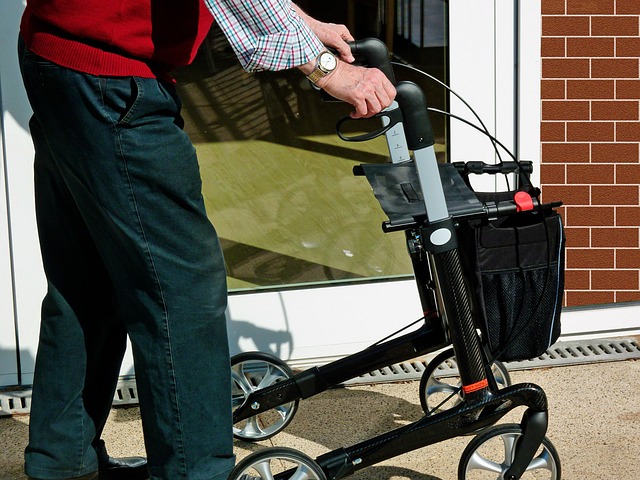A Comprehensive Guide to Sec 811 Housing for Seniors
Section 811 housing provides crucial support for seniors with disabilities, offering affordable and accessible housing options through the U.S. Department of Housing and Urban Development (HUD). This comprehensive guide explains eligibility requirements, benefits, and application processes to help seniors understand this valuable housing assistance program.

What is Section 811 Housing for Seniors?
Section 811 Supportive Housing for Persons with Disabilities is a federal program designed to help very low-income adults with disabilities, including elderly individuals, access affordable housing. The program provides funding to nonprofit organizations to develop and operate rental housing with supportive services for eligible participants. Properties may include group homes, independent living facilities, and integrated housing units within larger developments.
Who is Eligible for Section 811 Housing as a Senior?
To qualify for Section 811 housing, seniors must meet several criteria:
-
Be at least 62 years old
-
Have a documented disability
-
Have a very low income (typically below 50% of the area median income)
-
Be a U.S. citizen or eligible immigrant
-
Pass criminal background and rental history checks
How Does the Application Process Work?
The application process for Section 811 housing involves several steps:
-
Contact your local Public Housing Authority (PHA) or HUD office
-
Complete the required application forms
-
Provide documentation of age, disability, and income
-
Submit to verification processes
-
Join the waiting list if units are not immediately available
-
Complete final eligibility screening when a unit becomes available
What Are the Benefits of Section 811 Housing for Seniors?
Section 811 housing offers numerous advantages for eligible seniors:
-
Rent limited to 30% of adjusted monthly income
-
Accessible design features for mobility needs
-
On-site supportive services
-
Community integration opportunities
-
Professional property management
-
Safe and maintained living environments
How Does Section 811 Compare to Other Senior Housing Options?
| Housing Type | Income Requirements | Services Provided | Monthly Cost |
|---|---|---|---|
| Section 811 | Below 50% AMI | Supportive Services | 30% of Income |
| Section 202 | Below 50% AMI | Limited Services | 30% of Income |
| Market Rate Senior Housing | No Limit | Varies | $2,000-$4,000 |
| Assisted Living | No Limit | Full Care Services | $3,500-$6,000 |
Prices, rates, or cost estimates mentioned in this article are based on the latest available information but may change over time. Independent research is advised before making financial decisions.
Section 811 housing differs from other options primarily in its focus on disability support services. While Section 202 housing serves seniors regardless of disability status, Section 811 specifically addresses the needs of disabled individuals. Market-rate senior housing and assisted living facilities typically offer more amenities but at significantly higher costs without income-based rent calculations.
Understanding these housing options helps seniors make informed decisions about their living arrangements. While Section 811 housing may have longer waiting lists due to limited availability, it remains a valuable option for seniors with disabilities who need affordable, accessible housing with supportive services.
This article is for informational purposes only and should not be considered medical advice. Please consult a qualified healthcare professional for personalized guidance and treatment.




